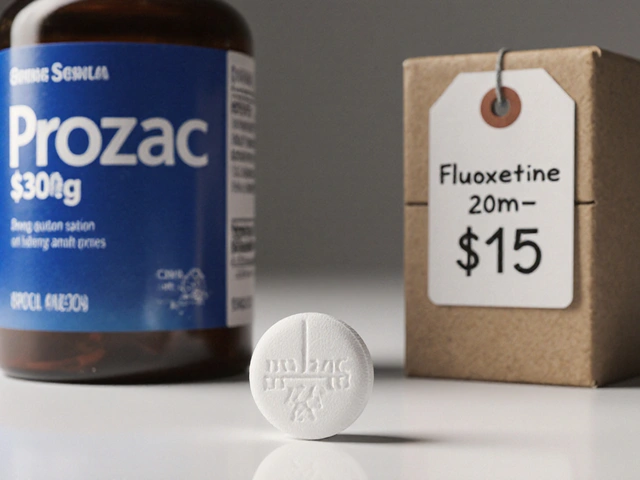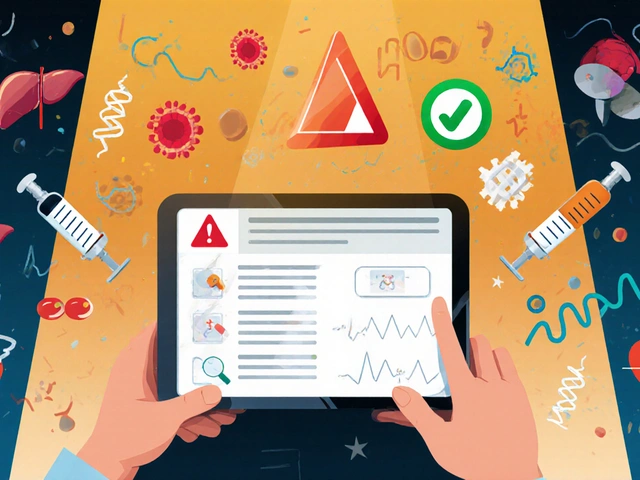Mental Health Finances
When thinking about mental health finances, the money side of mental well‑being, from drug prices to therapy bills, and how you can keep it under control, also known as financial wellness for mental health, the first thing most people notice is how fast costs add up. Prescription medication costs, the price you pay for antidepressants, mood stabilizers, antipsychotics and similar drugs can vary wildly, especially when brand names and generics compete. Add Insurance coverage, the part of your health plan that pays for mental health services and medications into the mix, and you quickly see why budgeting matters. The good news? Knowing the key levers—choosing affordable generics, checking formularies, and setting a realistic therapy budget—can shave hundreds off a yearly bill.
Think of budgeting for therapy, planning how much you’ll spend on counseling, group sessions or tele‑health appointments as the other half of the equation. A solid budget helps you decide whether you’ll go for weekly in‑person counseling, an app‑based program, or a mix of both. Many people overlook the fact that therapy fees often have hidden costs like cancellation fees or extra charges for after‑hours sessions. By tracking those line items you can avoid surprises and keep the overall picture clear. In practice, set a monthly cap, compare providers, and ask about sliding‑scale options—many clinics offer reduced rates based on income, which directly lowers your mental health finances burden.
Practical ways to stretch your mental health dollars
First, hunt for affordable generic drugs, cheaper versions of brand‑name mental health meds that contain the same active ingredients. Studies show generic versions can be 30‑80% less expensive, and they’re approved by the same regulators, so you’re not sacrificing safety. When you buy generics online, verify the pharmacy’s credentials, compare at least three prices, and look for discount coupons—many online retailers list coupons right on the product page. Second, understand your insurance formulary. Some plans place certain antidepressants on a “preferred” tier with lower copays. If your doctor prescribes a non‑preferred drug, ask if a switch to a preferred alternative is possible without compromising effectiveness. Finally, use health‑saving tools like prescription discount cards or bulk‑buy programs; they often shave a few dollars off each refill and can add up over a year.
All these steps tie back to the core idea that mental health finances isn’t just about cutting costs—it’s about making smart choices that keep your treatment effective while protecting your wallet. Below you’ll find articles covering everything from safe ways to purchase cheap generic meds, to how insurance policies impact out‑of‑pocket expenses, to real‑world budgeting tactics for therapy and self‑care. Dive in to get the specific tips, price‑checks and safety checks you need to keep your mental health journey financially sustainable.





